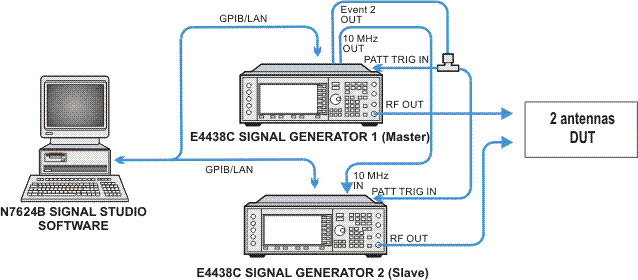

Figure 1. Using Two E4438C ESG Vector Signal Generators
Figure 1 shows you how to set up two ESG signal generators for the Multiple Antennas Solution without Baseband Timing Alignment or RF Phase Coherence.
Two signal generators (with the same model number) are used, and a cable is connected from the 10 MHz OUT connector on the master signal generator to the 10 MHz IN connector on the slave.
The Event 2 connector on the master signal generator is connected to the Pattern Trigger In connector on each of the two signal generators to synchronize the start of waveform playback on both signal generators. The synchronization occurs immediately after the software downloads the waveforms to both signal generators. The Signal Studio software will send a SCPI command to the master signal generator to direct it to send a one-time event pulse through the Event 2 connector to itself and to the slave signal generator. Then, this pulse signal triggers the two signal generators to play back the waveform in synchronization. Note that there is still an error of one cycle of the baseband generator clock between the master and the slave. Each signal generator recognizes the pattern trigger input only at the next time that the BBG clock signal has a rising edge, and since the two BBG clocks are not phase matched, the rising edge can occur as much as one clock cycle apart on the two signal generators. To achieve baseband timing alignment, use the setup in Multiple Antennas Solution with Baseband Timing Alignment without RF Phase Coherence.
The EVENT 2 signal works as both a Trigger Source and an actual Marker 2 output signal. Before the waveform playback, EVENT 2 serves as the trigger source. After waveforms are triggered to play back, EVENT 2 no longer functions as a trigger source, but as a Marker 2 output, whenever marker 2 is present in the waveform.
When you start the Signal Studio software, choose a multiple antenna configuration (M x 2 in the simulated mode) in the System Configuration Wizard. You will be asked for connection information for the corresponding number of signal generators. Both signal generators must be the same model and both must have a valid license for Advanced Capability in order to have access to most of the software features for multiple antennas.
When you generate the waveforms for multiple antennas, the Signal Studio software pre-calculates the waveform packets and applies the effects of specific channels, then loads the composite waveform into each signal generator and applies it directly to the DUT.